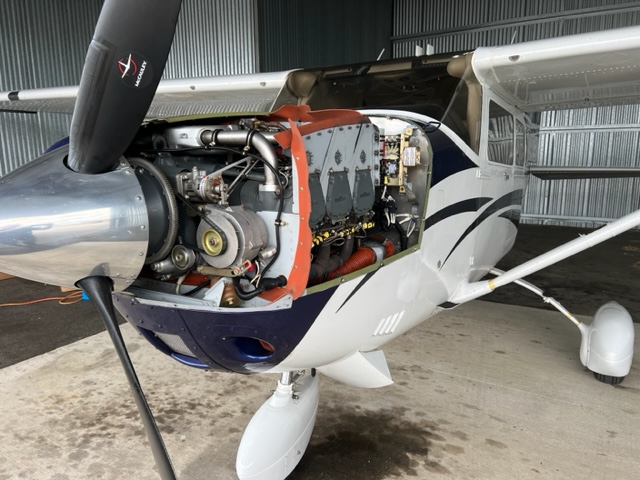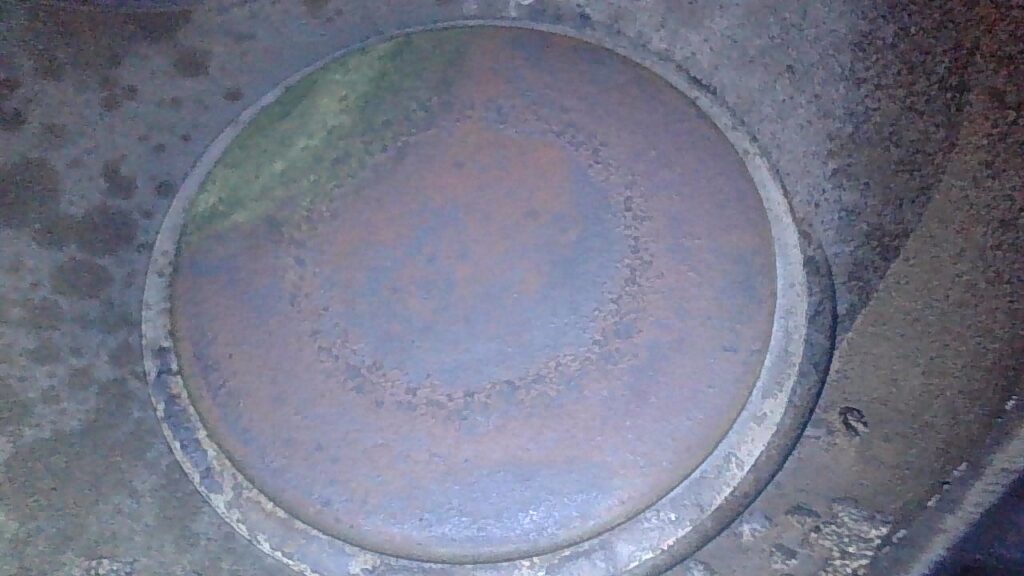Podcast: Play in new window | Download
In this week’s podcast episode, you’ll hear about:
- King Air flying.
- Listener feedback from the last episode on “Phantom Cylinder Cracks.”
- The latest annual inspection I’m involved in.
- … and a few other things!
I’m in the midst of an annual inspection on a Piper Comanche. I might talk more about this one in a future episode, but for now, I mentioned two strange things about this airplane in this week’s podcast:
The first strange thing was the oil quick drain kept seeping after I drained the oil and closed the drain valve.
I was perplexed when oil was collecting on the bottom cowling and seeping down over the nose tire.
Finally, I had to cut the safety wire and remove the Saf-Air P5000 drain valve to take a look.
Here’s what I found:

I removed the drain valve and put a temporary plug in the oil sump to prevent any further seepage. If you look closely, you can see a portion of the black o-ring holding the valve slightly open.
Here’s a closer view:

After opening the valve, I noticed the top o-ring had been pushed up off the valve, and it was the second o-ring that was holding the valve open. (Don’t worry, the other o-ring fell out of the hole when I removed the valve, so it’s not stuck somewhere in the oil sump.)

We will install new O-rings on the valve before reinstalling it in the oil sump. It actually has 3 total o-rings… the top 2 keep the oil from draining out of the sump, and the lower o-ring (that you can’t see in the photo) is slightly larger and it keeps oil from seeping out around the drain nipple during the oil draining process. McFarlane sells a kit that includes the three new o-rings and a new snap ring.
You can listen to the audio to hear more about this story.
… and hopefully, in a future episode, I’ll be able to update you on the weird electrical problem on this same airplane.
The post “231 – Piper Comanche Weird Electrical Problem and Seeping Oil Drain Valve” appeared first at AirplaneOwnerMaintenance.com











Recent Comments